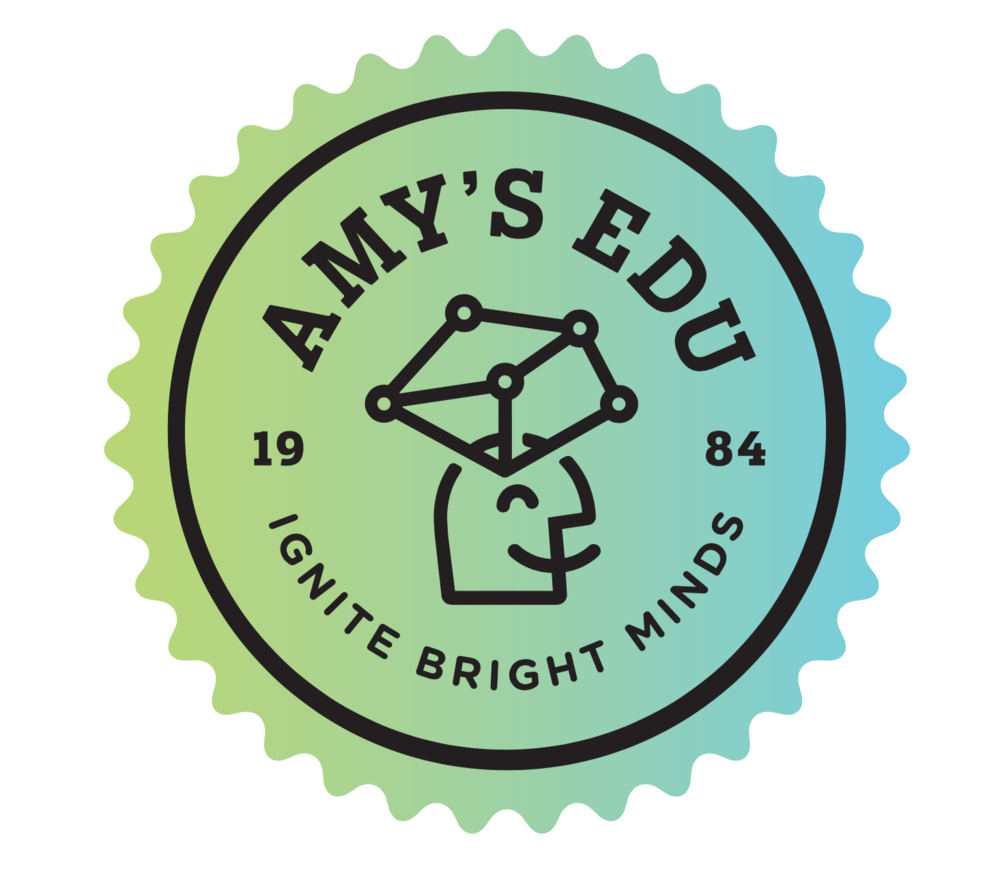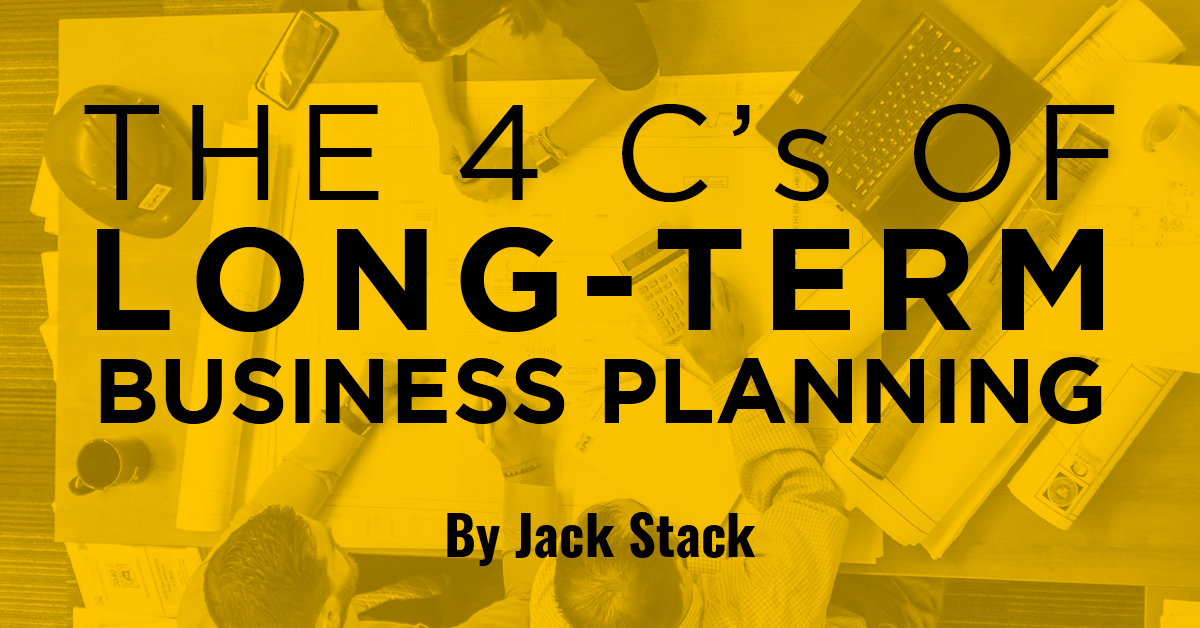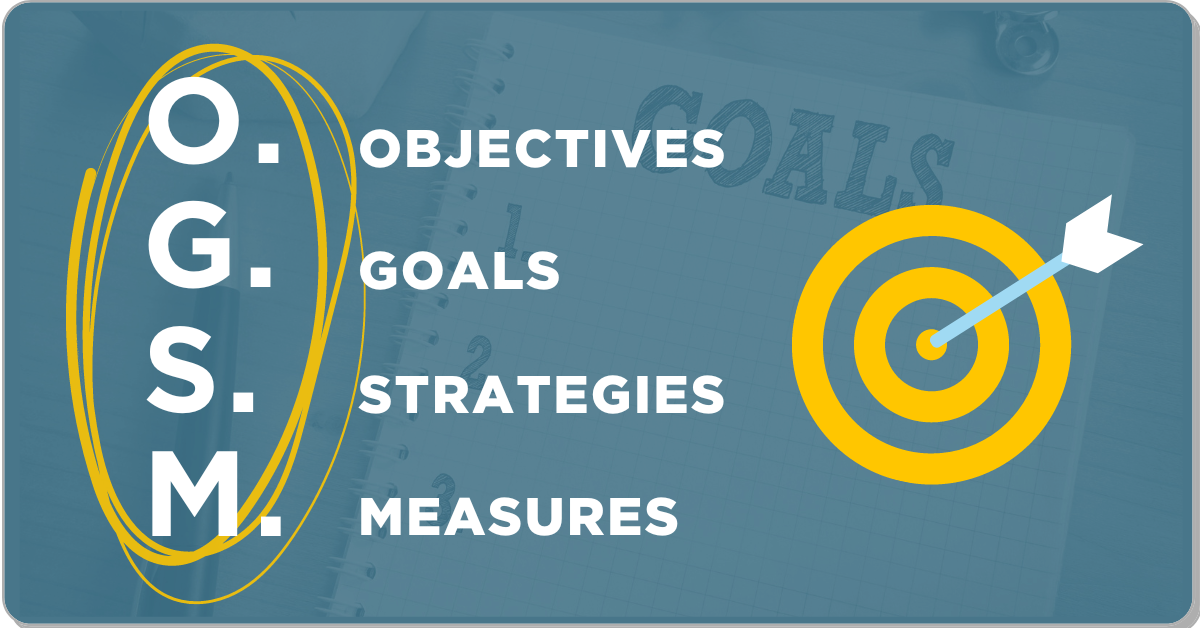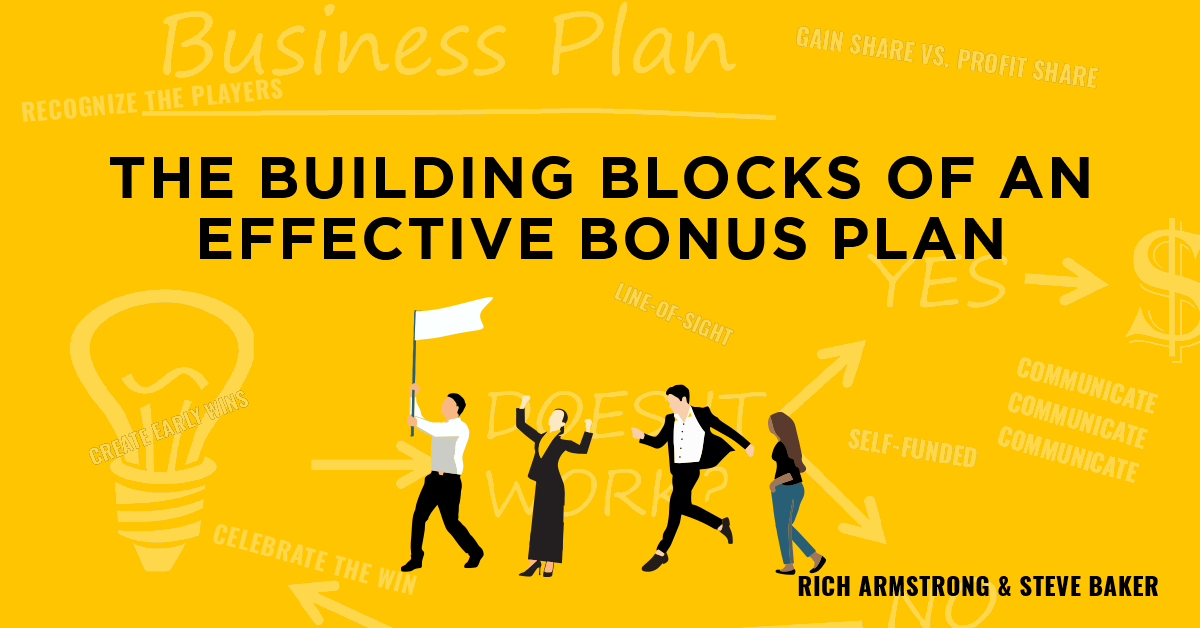It’s official: The traditional classroom is dead!
Okay, a bit dramatic, but our research at Amy’s EDU illustrates the ineffectiveness of traditional classrooms in the workplace; instructors in front, perfectly lined rows and sitting still for hours. If creating a regular business and financial literacy program seems daunting; we get it, you need valuable resources like money, time and focus. What if we told you that a break room could be more effective than traditional methods of adult education?
What is a Non-Traditional Classroom?
For centuries, the education model has been the same as we moved from the fields to the factories employees needed a standard set of skills to do a repetitive job. Imagine teaching our workforce without them feeling like traditional students? Imagine board games, apps and mobile-first casual games are the lecturers. Students are then allowed to choose from a variety of teaching methods, tools and experts. By using techniques such as gamification, info bites and self-paced directed learning, we can remove the stereotype of the classroom. We can turn any workspace into a space for learning, exploration and fun.
Benefits of a Non-Traditional Environment
1. Connect Employees to Their Work
Go beyond mere skill acquisition and teach the staff a deeper understanding how they affect the business in a real physical, visible way. Imagine your team utilizing business literacy in combination with skills like empathy, creative problem solving, and collaboration. We call that competition-resistant solutions.
Pro Tip:
Analogies are the best way to connect a learning activity with job performance. A well-formed analogy helps workers conceptualize financial literacy giving them actual impact on the numbers.
2. Stronger Retention
Simple combinations of informal lecture, reading, watching, doing, collaborating and teaching increase retention up to 90, according to studies by the National Training Laboratory Institute. Sounds like a lot of work, right? At our session at The Gathering of Games this year, Mark Banks and I will introduce you to the “7 Steps to Practical Financial Literacy," a methodology to quickly create learning experiences.
Pro Tip:
Come to our session and learn about the “7 Steps to Practical Financial Literacy” and you won’t believe No. 5! Learn the method, review cases studies and build an activity during the session. (But you have to be registered for The Annual Gathering of Games!)
3. Peer Accountability
Meaningful learning takes place in unexpected places, opening up possibilities of informal peer mentorships. The greatest way to learn something is by teaching it.
Pro Tip:
We strongly encourage you to break down the silos between departments to spotlight diverse points of view when teaching any concept.
4. Training is Finally Fun
We spend a majority of our lives at work. Why not make that time fun?
Fun is like a shot of performance-enhancing drugs for your culture. Making fun relevant encourages employee job happiness, in turn, influencing ownership thinking and a stronger dedication to company goals.
Pro Tip:
Follow in the footsteps of Silicon Valley and add a couple of arcade or tabletop games in the breakroom, but change the rules or content to teach business and financial concepts. During breaks and lunch, employees can informally play and learn at the same time.
5. Motivation Through Progression
After public speaking, what’s the next-biggest pain for employees? Training.
Between required business training, new skill acquisition and career development, employees feel frustrated because training becomes a chore. We found that using a personal scorecard and leaderboard motivates employees as they see their progression and their cohorts spurring competition. As a video game drives players through level progression, using the same technique for your curriculum can be beneficial.
Pro Tip:
Create a personal scorecard for those going through training. Once they complete a level, provide feedback and a pride award. Vanity awards, both physical and digital, have no financial value and are proudly displayed as a badge of honor.
6. Continuous Motivation From Mastery
In Daniel Pink’s book, “Drive: The Surprising Truth About What Motivates Us,” the author points to mastery as being a large contributor to motivation. If you take inspiration from video games, you can create “skill trees,” which are specific, measurable knowledge tracks aimed to increase individual performance. Maxing out these skill trees gives employees greater freedom to influence the numbers.
Pro Tip:
No need to create skill trees from scratch. Many technical fields have well-documented knowledge and training requirements. Use those as a scaffolding to create your skill trees.
7. Short Attention Spans Become an Asset
We hear it all the time, “Millennials have no attention span; they can’t even sit through a 20-minute TV show.” First, we don’t call them "millennials," because that name has so many negative connotations to it. We call that age group “TNGs” — The Next Generation. There is always going to be 'the next generation' so instead of being surprised, let’s accept it and move on.
Second, short attention spans are better, because the learner can reinforce the concepts in a four-minute video within days of completion. Most students have a seven-day window to reinforce anything they have learned; miss that window and content will more than likely be lost. If you think that is just for the TNGs, I’d like you to open your smartphone and tell me how many casual games are on your phone. (I’m looking at you Candy Crush players.)
Those games are just a quick dip into skill improvement, increasing your enjoyment of the game and keeping you playing for longer. Why wouldn’t we want the same results in business education?
Pro Tip:
Make short one-minute product/service knowledge videos that teach the staff about the goods or services that you sell. Once built, you can use the scaffolding for future micro-learning videos.
Case Study: HeadsUp!
Kara and Erin, company-wide huddle facilitators, wanted a fast-paced game that taught front line employees waste reduction by using Ellen Degeneres’ HeadsUp! game as inspiration. Kara and Erin designed, tested and played HeadsUp! with fantastic results.
Our employees would use financial literacy clues to get their partner to guess the term. For example, if the word was “banana,” the player would say something like “it’s yellow and has little cost of goods!” If the guessed correctly, the team would receive a point; double points for using Great Game terms.
Kara explains, “We’ve struggled in the past explaining the rules on older “game show” games that they didn’t grow up with, causing a lot of confusion on how to play, which took away from the lesson the game was supposed to teach. Our Q1 numbers showed that we were hustling across most departments to bring in sales, but we were spending almost all of our income! So Erin and I designed a game with a list of costs the frontline employees can affect. This game was overall simple to put together. We developed the activity in less than an hour and spent just 20 minutes building the materials. It was just as fun as the audience to watch as it was for the employees to play.”
(Sorry the video quality is poor. Since we are a multi-unit business, we live-stream our huddles, and at times it records in lower quality video.)
The classroom is dead! Long live the break room! In the comments below, tell us what other unconventional learning spaces you could use in your business?
To learn more about the new classroom paradigm, join Aaron Clay and Mark Banks at the 25th Annual Gathering of Games, where they will present an educational session on the topic. The Gathering of Games takes place September 6-8, 2017 in Dallas, Texas. Click the box below to learn more.
.png)















.png)
